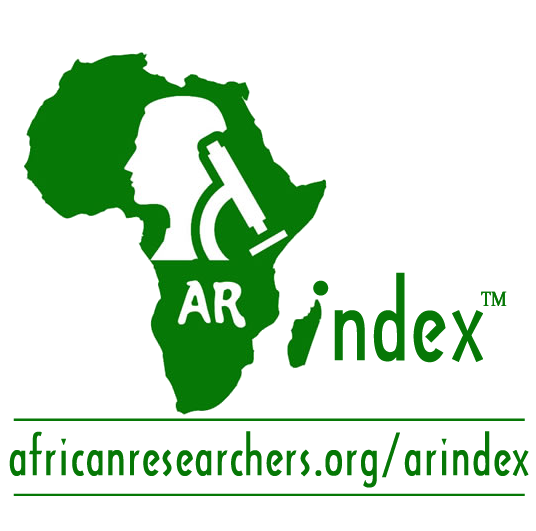MICROBIAL QUALITY AND CHANGES IN POLYAROMATIC HYDROCARBON CONTENT OF A BIOREMEDIATED OIL-POLLUTED SOIL AFTER EXPOSURE TO DIFFERENT PERIODS OF TILLAGE
DOI:
https://doi.org/10.52417/njls.v5i2.243Keywords:
Microorganisms, Polyaromatic hydrocarbons, Tillage, Soil structure, BioremediationAbstract
Tillage practices on soils are effective for enhancing the soil’s structure and other physicochemical components. The present study was undertaken to investigate whether tilling of oil-contaminated soils can improve the remediation efficiency of the soil. In the present study, tilling activities was principally carried out by just turning and mixing the soils in experimental bowls. Top soil was obtained as pooled and thoroughly mixed with spent engine oil (SEO) to obtained a uniform mix of oil in soil at 5% w/w. the soils were eventually subjected to diiferent periods of turning and mixing, including daily (1PD), twice weekly (2PW), once weekly (1PW), twice monthly (2PM), monthly (1PM) and once every 2 months (1P2M). the control soil was not subjected to mixing, turning, or tilling (NTL). Remediation efficiency in the tiiled soils were significantly higher than in the control, irrespective of the periodicity of tillage. Reduction in PAH components ranged from 252.26 mg/kg in NTL to 90.74 mg/kg in 2PM. Improved reductions in PAH contents of soil was obtained when soil was turned 2 monthly (88.97 mg/kg) than when soil was turned daily (80.05 mg/kg). A number of microorganism species including Achromobacter sp, Clostridium sp, Micrococcus luteus sp, M. varians, M. roseus, Bacillus pumilis as well as Aspergillus niger, A. fumigatus, Penicillium notatum and Trichoderma sp. were identified in the remediated soils; and these species may also have been involved in the remediation process indicated by their prevalence.
Published
Issue
Section
License
Copyright (c) 2015 https://unibenlsj.org.ng/index.php/njls/

This work is licensed under a Creative Commons Attribution 4.0 International License.





